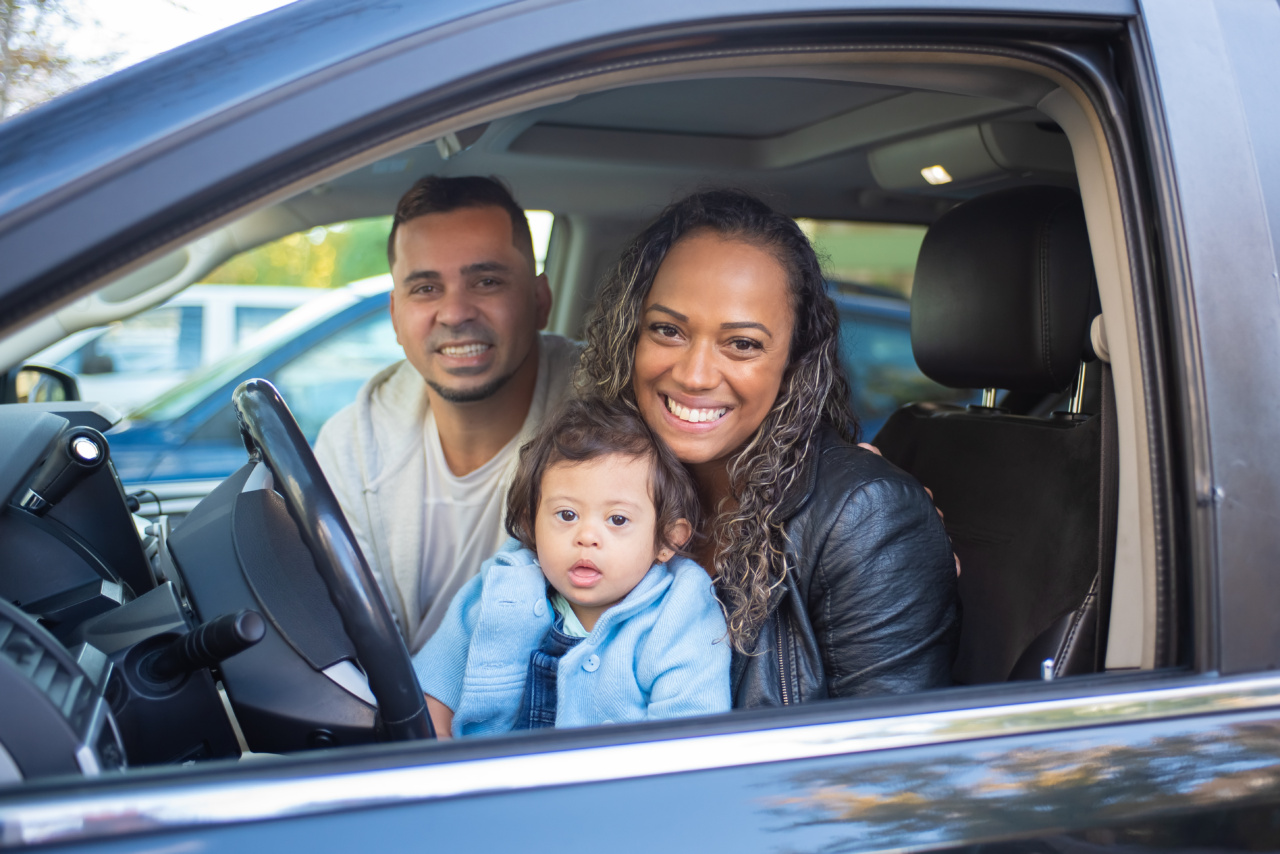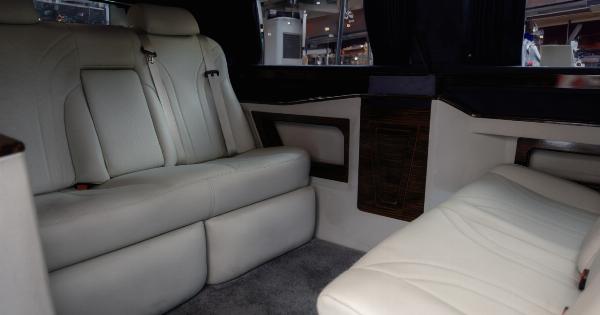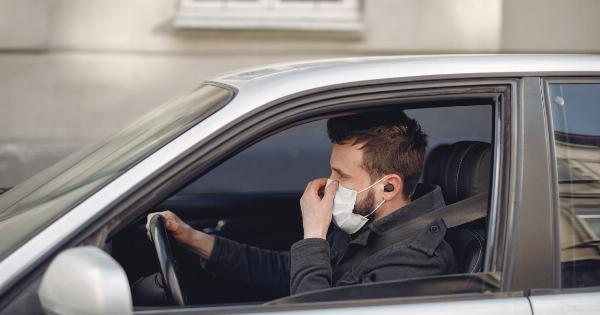As a parent, the safety of your child is paramount when in a car.
You take care with their car seat and use child locks to keep them safe, but did you know there is a common car mistake that many parents make that could lead to serious injury or even death? In this article, we will explore why parents should avoid this mistake when traveling in a car with their children.
What is the common car mistake?
The mistake that many parents make is flipping the direction of the car seat too early.
Rear-facing car seats are the safest option for children under two years old, yet parents often feel the need to switch their child to a forward-facing seat as soon as possible. This decision is often made based on the age or weight of the child, but it can result in serious injuries or even death in the event of an accident.
Why is rear-facing the safest option?
According to the American Academy of Pediatrics, children should remain in a rear-facing car seat until they are at least two years old or until they exceed the highest weight or height allowed by the manufacturer.
A rear-facing car seat provides support for a child’s head, neck, and spine, which is crucial in the event of a crash. When a child is forward-facing, their head and neck are not supported in the same way and can experience a lot of force in an accident.
My child is older than two, is it still safe to use a rear-facing car seat?
Yes, it is safe to use a rear-facing car seat for as long as possible.
While the law may require you to use a forward-facing car seat for children over two years old, it is recommended to continue using the rear-facing option for as long as the car seat allows, even up until four years old. The reason being, a rear-facing car seat offers the best protection for a child’s head, neck, and spine, which is especially essential in a car accident.
What are the risks of using a forward-facing car seat too early?
Switching to a forward-facing car seat too early can lead to serious injury or even death in the event of an accident. A child’s head and neck are susceptible to whiplash, which can cause spinal cord injuries or brain damage.
These injuries could have long-lasting effects on a child’s health and can even result in paralysis or death.
What are the benefits of waiting to use a forward-facing car seat?
Waiting to use a forward-facing car seat can reduce the risk of serious injury or death in the event of an accident.
Rear-facing car seats provide the best protection for a child’s head, neck, and spine, making them the safest option for young children. Also, waiting to switch to a forward-facing car seat can save parents money in the long run since they won’t need to purchase a new car seat until their child reaches the weight or height limit of the rear-facing option.
What can I do to keep my child safe in the car?
Aside from using a rear-facing car seat for as long as possible, there are other steps you can take to keep your child safe in the car, such as:.
- Using a car seat correctly – Make sure you are using the car seat correctly by following the manufacturer’s instructions and the recommendations of the American Academy of Pediatrics.
- Seat placement – Install the car seat in the back seat of the car and away from airbags.
- Seat belts – Make sure your child is buckled in correctly at all times and that the seat belt fits properly.
- Child locks – Use child locks to prevent your child from opening the car door or window while the car is in motion.
- No distractions – As the driver, ensure you limit any distractions, such as using your phone or eating while you are driving.
Conclusion
As a parent, your child’s safety should be a top priority when in the car. By avoiding the common car mistake of switching your child to a forward-facing car seat too early, you can reduce the risk of injury or death in the event of an accident.
Always follow the instructions of the manufacturer and the American Academy of Pediatrics to ensure that you are using the car seat correctly and taking all necessary precautions to keep your child safe.






























